The moil point chisel for hydraulic hammers, also known as a pencil point chisel, sharp point chisel, or moil point, is one of the primary and most widely used types of chisels (tools) in hydraulic hammers (breakers). Due to its specially designed sharp and concentrated tip, this tool is highly efficient for initial penetration into hard and semi-hard materials and creating primary fractures, playing a key role in a wide range of demolition and excavation operations.
Appearance and Function of the Moil Point Chisel
A moil point chisel has a conical or pyramidal-shaped head that tapers to a sharp point. This design causes all the impact energy of the hydraulic hammer to be concentrated on a very small surface area (the tip of the tool). This high concentration of force gives the chisel exceptional penetration capability, allowing it to easily pierce hard surfaces such as rock, reinforced concrete, and similar materials, and by creating internal stresses, cause initial cracks and ultimately material failure.
Main Applications of the Moil Point Chisel:
- Primary Breaking of Rock and Concrete: The main application of this chisel is the primary breaking and crushing of various hard and semi-hard rocks in mines, road construction, and building projects, as well as the demolition of reinforced and non-reinforced concrete.
- General Demolition of Structures: Due to its high penetration power, it is used for the general demolition of various concrete structures, brick and block walls, and foundations.
- Trenching in Rocky Ground: For creating channels and trenches in ground containing hard rock layers.
- Breaking Boulders (Large Rocks): For breaking large rocks that require concentrated force to fracture.
- Surface Preparation and Scaling: In some cases, it is used for removing loose surface layers or preparing rock surfaces.
Advantages and Considerations for Using Moil Point Chisels:
- Advantages: Very high penetration power in hard and semi-hard materials, a versatile tool for general demolition, suitable for initiating breaks in solid surfaces.
- Considerations: May get stuck in very soft or layered materials, or may pierce the material instead of breaking it. The tip of the tool wears down over time and needs re-sharpening (if possible according to the manufacturer’s instructions) or replacement. The probability of flying debris is higher with this type of chisel, so adherence to safety precautions is essential.
Material and Manufacturing Quality:
Moil point chisels are made from very high-quality alloy steels resistant to impact and wear. Precise heat treatment processes (hardening and tempering) are essential to achieve appropriate hardness at the tip and sufficient toughness in the body to prevent premature failure or permanent deformation.
Important Tips for Selection and Use:
- Selecting Appropriate Length: The length of the chisel should be chosen according to the depth of work and the type of hammer.
- Correct Angle of Impact: For best penetration, the chisel should be held as perpendicular as possible to the work surface.
- Regular Inspection of the Chisel Tip: Check for wear and the condition of the chisel tip and take timely action for re-sharpening or replacement.
- Proper Lubrication: Regular lubrication of the hammer’s bushings is important to prevent excessive wear on the chisel body.
Conclusion:
The moil point or pencil point chisel, as a powerful and versatile penetration tool, is an indispensable part of hydraulic hammers in most demolition and excavation projects. Selecting a high-quality chisel from a reputable brand and using it correctly will significantly help increase efficiency, reduce costs, and ensure operational safety.

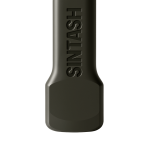
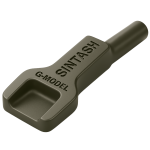
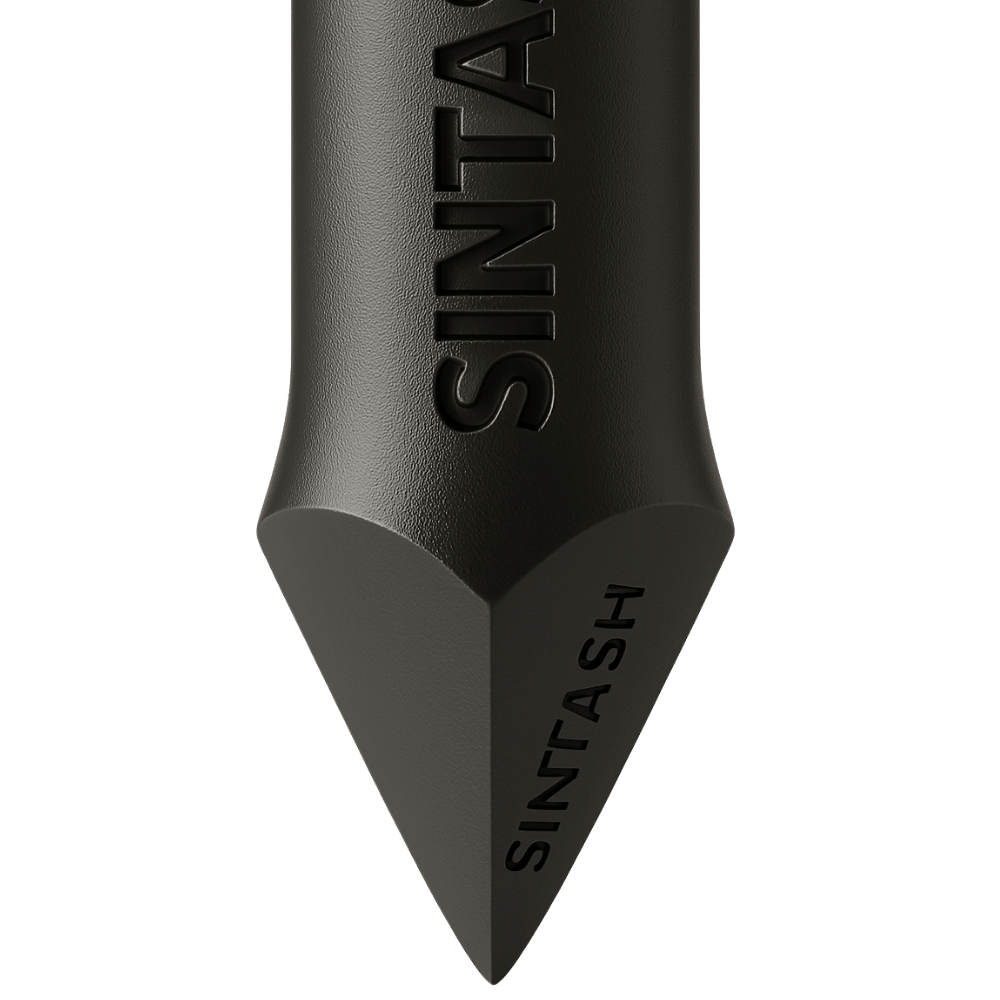
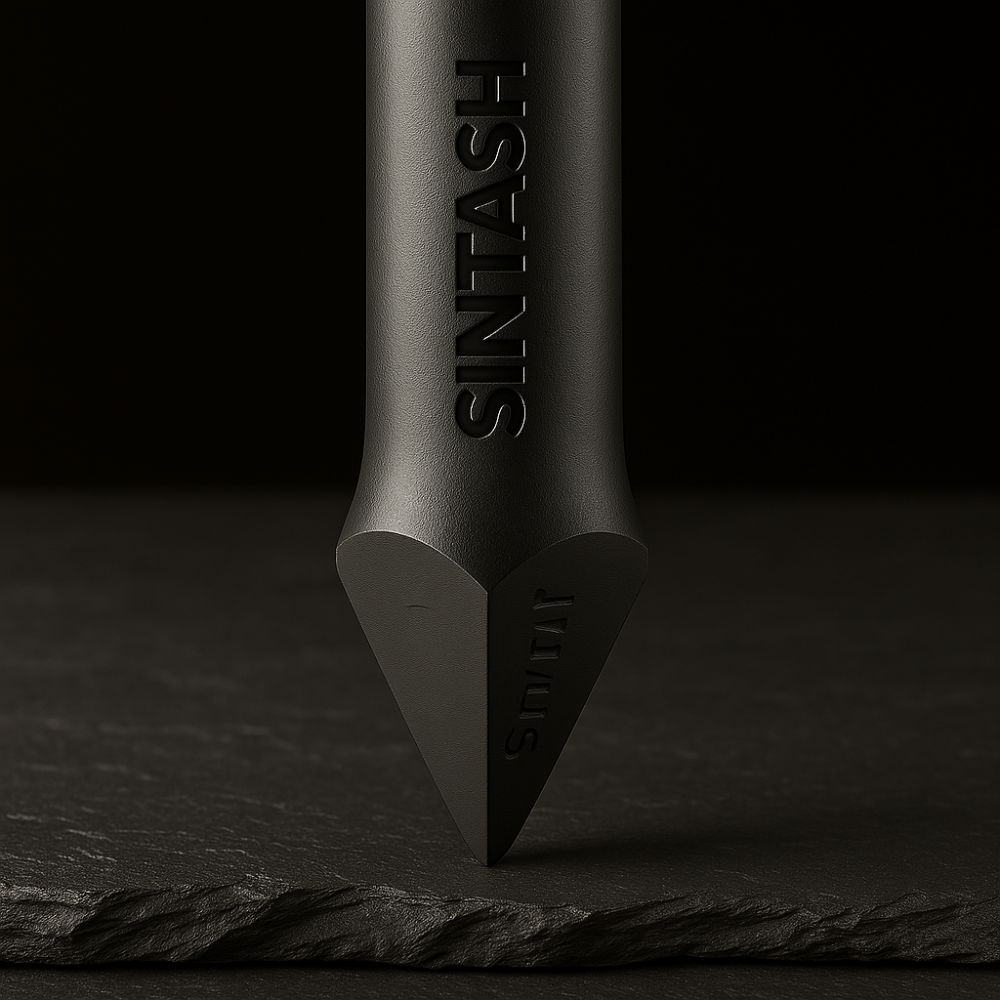
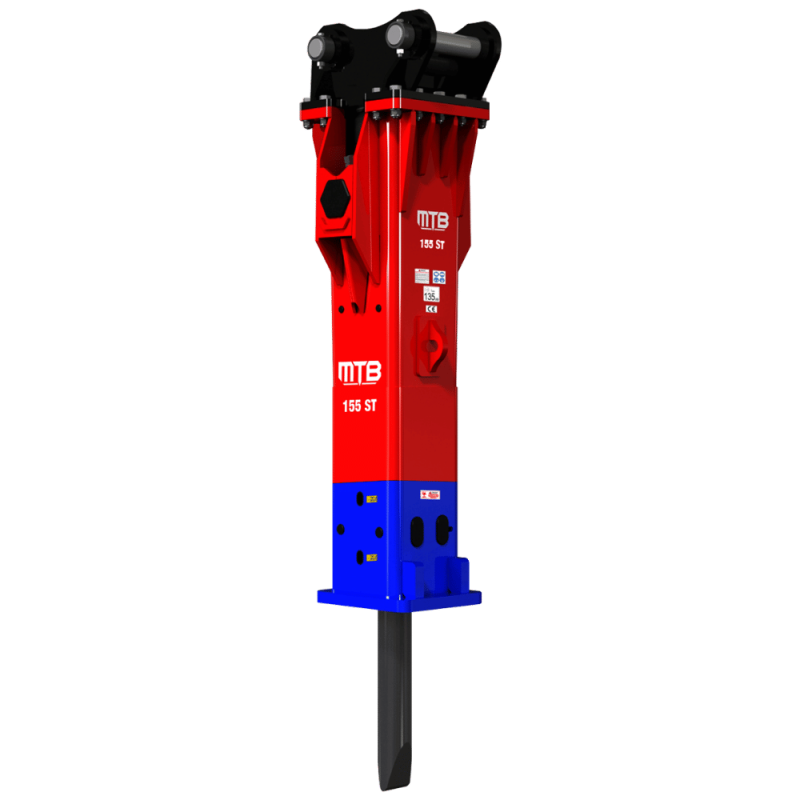
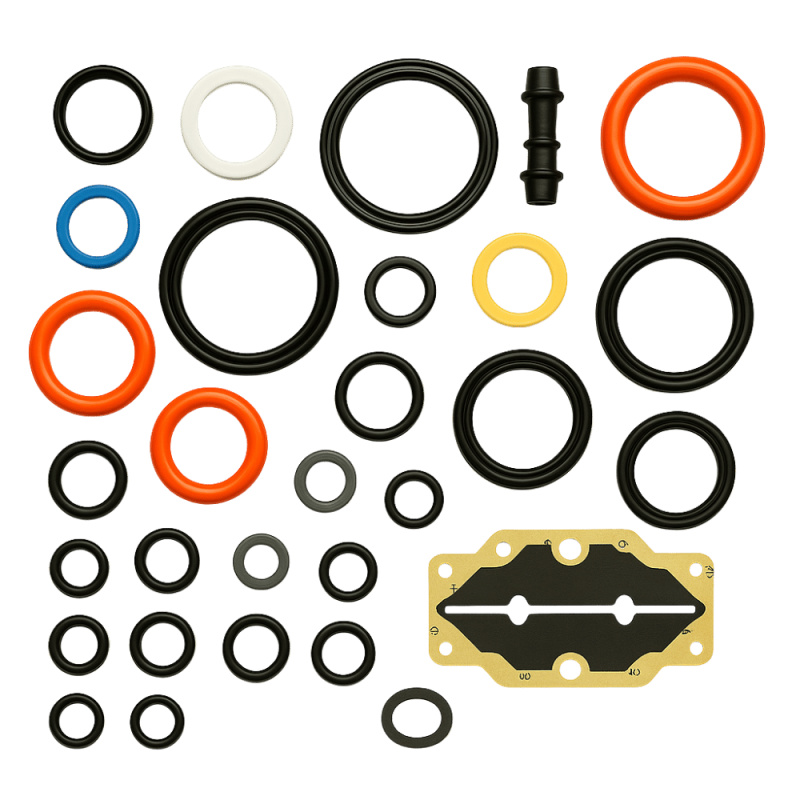
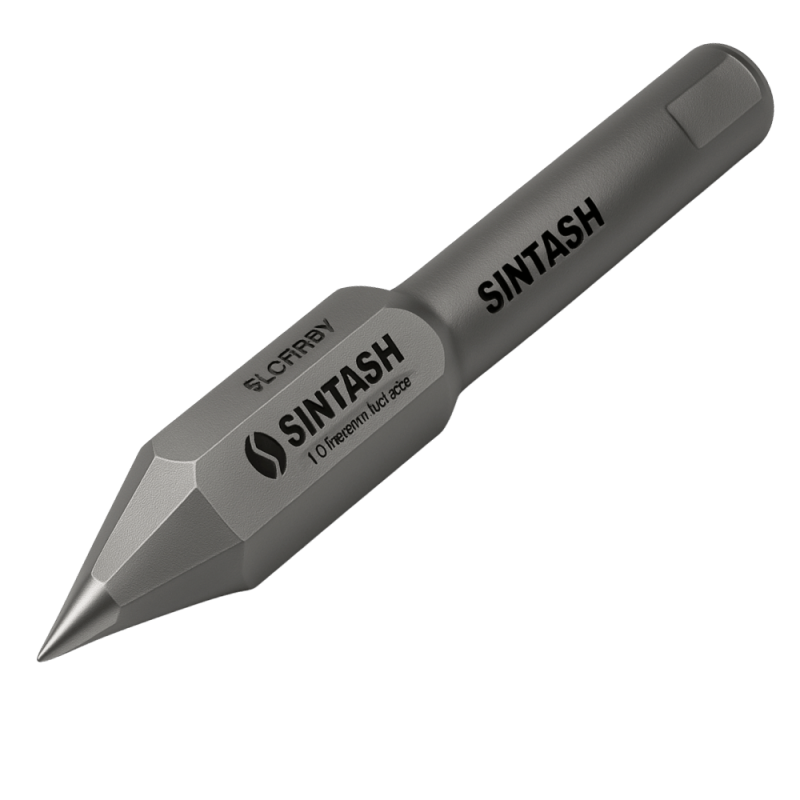


Reviews
There are no reviews yet.